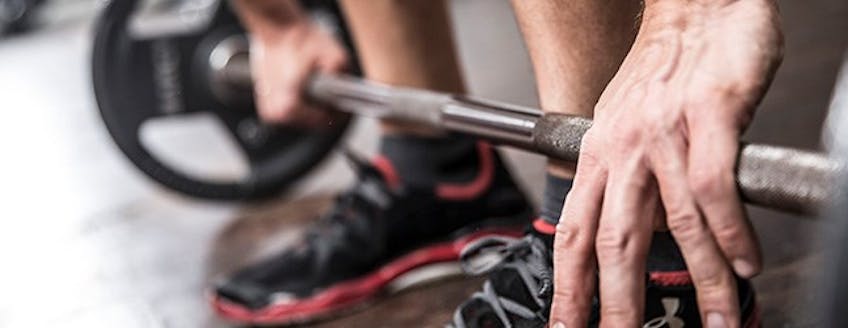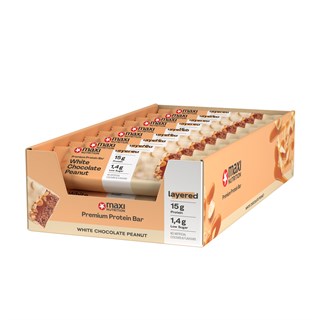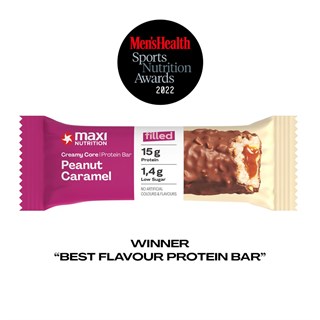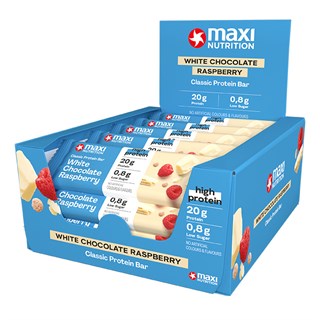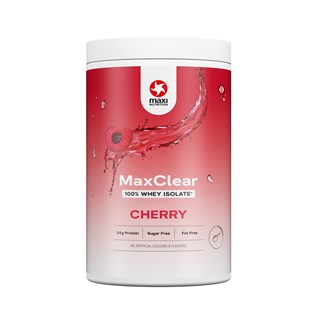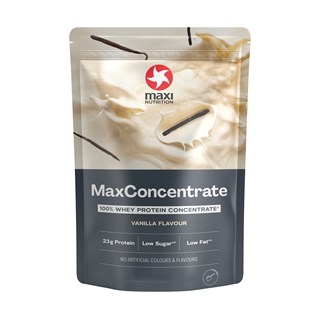Training Introduction
Your method of training will directly affect the outcomes you see and feel. It is often best to combine both resistance and cardio training in your weekly workout regime. Try tailoring the type of training you do to the ultimate body goals you want to achieve. Include more cardio training if your aim is to lose weight or improve endurance. Increase resistance training if you plan on increasing muscle mass or achieving lean muscle.
Here are a few guidelines to consider:
1. Resistance training
It is important to consider what your overall goal is so you can tailor your resistance accordingly, all forms of resistance training aid weight loss but if you have a specific goal, these guidelines apply:
Increase strength - low repetitions (reps)/high intensity
Increase power - low reps/mod intensity with controlled ‘explosive’ movements
Muscle growth - low-mod reps/mod-high weights
Strength endurance - mod-high reps/low-mod weights
Remember- muscle will grow in direct proportion to the amount of work you do, if you keep using the same weights and same amount of reps you will not improve your performance of image.
Try to rest fully between sets (groups of reps) rather than between reps.
2. Cardiovascular training
Essentially, all cardiovascular training will burn calories thus also aiding weight loss. We feel the best approach is to adopt a varied training programme to elicit different responses and to keep your workouts interesting.
Long slow distance - Aim to go for moderate intensity for a minimum of 30 minutes. This will help improve overall endurance capacity.
Threshold training - Pick one piece of cardio equipment, aim for around 30-60 minutes and as time progresses increase intensity of workout (i.e the speed of your run, cycle or rowing). This increases performance benefits.
High intensity intervals training (HIIT) - Pick 1-5 pieces of cardio equipment. This could be a mini circuit. Work in short, very hard intervals with rests inbetween. To start try 15 seconds on followed by 20 seconds rest. Guaranteed to get the blood pumping.
3. Warming up and cooling down
Warms ups are essential as they help your body prepare for the workout ahead. Each workout should begin with a steady form of exercise such as running or cycling for 5-10 minutes. Before a resistance workout perform 5-8 reps on a lighter weight to ensure correct position and technique.
Similarly to prevent aching muscles post-workout (also known as the dreaded DOMS – Delayed Onset Muscle Soreness), take 10-15 mins at the end of your training sessions to cool down. Do this by choosing a similar steady form of exercise that you used for the warm up. Continue this at a slow, steady pace until your heart rate is back to a steady rhythm. Finish by stretching all of the muscles that you have just been using. As a rule hold each stretch for 15-30 seconds to and recovery and flexibility development.
4. Don't forget
Workout plans are a great way to guide your training and help you stick to a schedule. Maximuscle have beginners and intermediate training plans created by our experts that are tailored to your goal. Print these off or take them on your smart phone to the gym to follow and push you to your limits.
Stay well hydrated during your training sessions, preferably using water during shorter intensive sessions and an isotonic drink for sessions lasting over an hour (to replace lost electrolytes primarily salt, that have been sweated out).





